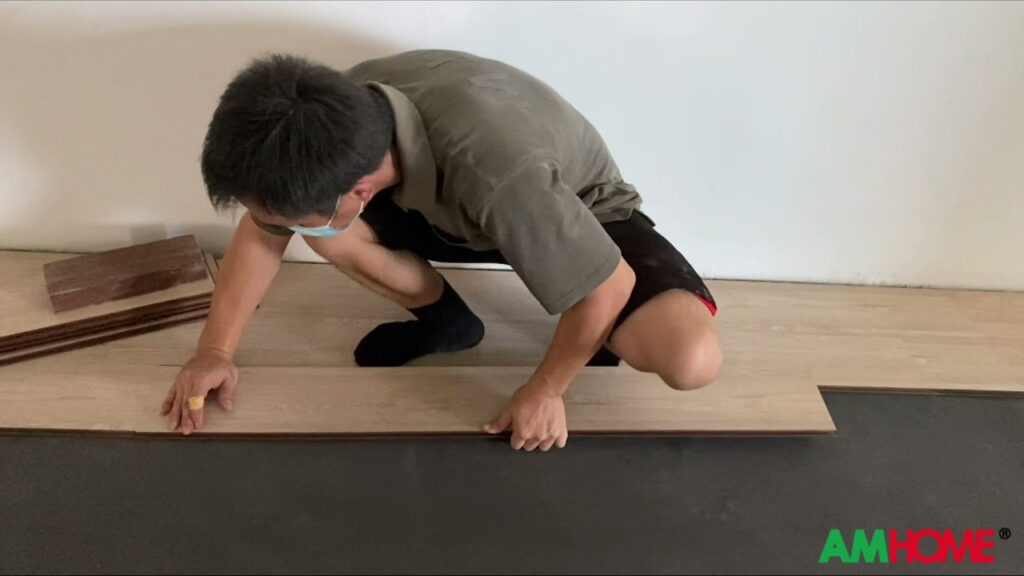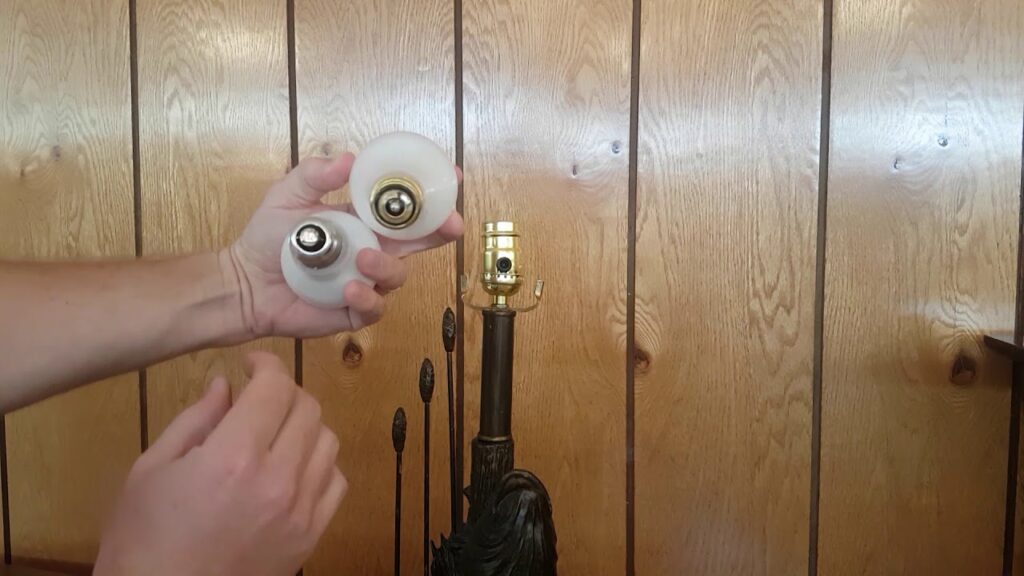Best Flooring Choices for Wet Areas
Ceramic or Porcelain Tile
Ceramic and porcelain tiles are excellent choices for wet areas such as bathrooms, kitchens, and laundry rooms. They are highly water-resistant and easy to clean, making them ideal for spaces prone to moisture and spills. Additionally, these tiles come in a wide variety of styles and colors, allowing you to achieve the look you desire while ensuring durability in wet environments.
Luxury Vinyl Flooring
Luxury vinyl flooring is a popular option for wet areas due to its water-resistant properties and realistic appearance. It mimics the look of natural materials such as wood or stone, providing a visually appealing and practical solution for areas prone to moisture. With easy maintenance and durability, luxury vinyl flooring is a versatile choice for wet spaces.
Natural Stone
Natural stone, such as slate or granite, offers a luxurious and durable flooring option for wet areas. While it may require sealing to maintain its water resistance, natural stone provides a timeless and elegant look that can elevate the aesthetic of any space. Its durability and ability to withstand moisture make it a suitable choice for wet areas in residential and commercial settings.
When choosing flooring for wet areas, it’s crucial to prioritize water resistance, durability, and maintenance requirements. By selecting the right flooring material, you can ensure a long-lasting and visually appealing solution for areas prone to moisture.
Considerations for Wet Area Flooring
When choosing flooring for wet areas such as bathrooms, kitchens, or poolside areas, it’s crucial to consider essential factors to ensure safety and durability. One of the primary considerations is the material’s slip resistance. Opting for non-slip flooring options, such as textured tiles or specialty non-slip coatings, can significantly reduce the risk of accidents in wet environments. Additionally, the material’s ability to withstand moisture and water exposure is crucial for preventing warping, mold, and deterioration.
Choosing waterproof materials is essential for wet area flooring. Materials such as porcelain, ceramic, vinyl, and epoxy are popular choices due to their water-resistant properties. These materials offer excellent protection against water damage, making them ideal for wet area applications. In addition to water resistance, it’s also important to consider the ease of cleaning and maintenance. Select materials that are easy to clean and resistant to stains, ensuring a hygienic and low-maintenance flooring solution for wet areas.
Factors to consider when selecting wet area flooring:
- Slip resistance: Opt for non-slip materials to enhance safety.
- Waterproof properties: Choose materials that are resistant to moisture and water damage.
- Ease of maintenance: Select flooring that is easy to clean and resistant to stains.
- Durability: Prioritize durable materials to withstand the demands of wet environments.
Worst Flooring Choices for Wet Areas
When it comes to choosing flooring for wet areas such as bathrooms, kitchens, or basements, it’s essential to select materials that can withstand moisture and water exposure. Some of the worst flooring choices for these areas include:
Vinyl
Vinyl flooring, while budget-friendly and available in a wide range of styles, is not the best choice for wet areas. It can be susceptible to water damage and may peel or warp when exposed to prolonged moisture.
Laminate
Laminate flooring, although durable in many settings, is not suitable for wet areas. It is not water-resistant and can swell or buckle if exposed to water, making it a poor choice for bathrooms or kitchens.
Carpet
Carpet is a cozy and inviting flooring option, but it is highly absorbent and prone to mold and mildew in wet areas. It can be challenging to clean and maintain in moisture-prone spaces, making it one of the worst choices for these areas.
When selecting flooring for wet areas, it’s crucial to choose materials that are water-resistant, easy to clean, and can withstand moisture without deteriorating. Opting for tile, stone, or waterproof luxury vinyl planks can offer better durability and longevity in these spaces. Making the right flooring choice for wet areas can help prevent costly water damage and maintain a beautiful, functional space for years to come.
Maintaining and Protecting Wet Area Flooring
When it comes to maintaining and protecting wet area flooring, it’s essential to implement regular cleaning and maintenance practices to ensure the longevity and safety of the surface. This includes routine sweeping and mopping to prevent the buildup of dirt, grime, and moisture, which can lead to slip and fall hazards. Additionally, using specialized cleaning products designed for wet area flooring can help to remove tough stains and maintain the integrity of the material.
To protect wet area flooring from damage, it’s crucial to establish preventative measures such as installing proper drainage systems to eliminate standing water and minimize the risk of water damage. Furthermore, utilizing mats and rugs in high-traffic areas can offer an extra layer of protection against excessive wear and tear, as well as providing a slip-resistant surface for added safety. By prioritizing proactive maintenance and protective measures, wet area flooring can remain in optimal condition for an extended period.
Incorporating a regular inspection schedule is another crucial aspect of maintaining and protecting wet area flooring. By identifying and addressing any signs of wear, damage, or potential hazards early on, facility owners can take proactive steps to rectify issues and prevent further deterioration. This proactive approach not only safeguards the integrity of the flooring but also contributes to a safe and clean environment for occupants and visitors.


